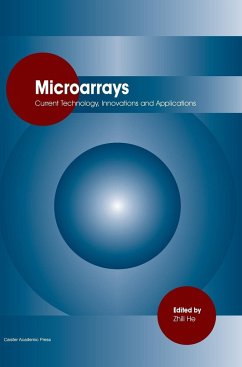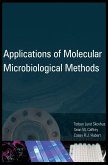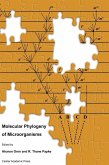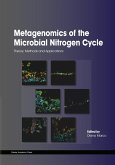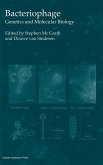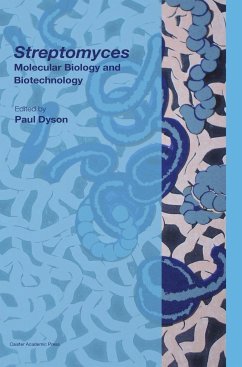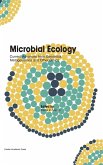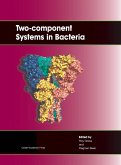Microorganisms are the most diverse group of organisms and play important and distinctive roles in their ecosystems. They interact with their peers and other organisms (e.g., plants, animals) to form a complicated food web, significantly impacting ecosystem functions and services. However, understanding the diversity, composition, structure, function, activity, and dynamics of microbial communities remains challenging. Over the past decade, microarray-based technologies have been developed to address such challenges. This book is focused on current microarray technologies and their applications in environmental microbiology. In the first chapter, microarray technologies and applications are briefly introduced and, in following chapters, microarray probe design, development and evaluation, and data analysis are described in detail. In later chapters, more attention is paid to phylogenetic arrays (e.g., PhyloChip) and functional gene arrays (e.g., GeoChip). These generic tools - for analyzing microbial communities from disparate environments, ecosystems, and habitats (including soil, water, sediment, animals, and humans) - are described in detail with examples of specific applications. Also included are microarrays for analyzing microbial communities from specific environments, such as soil, bioleaching ecosystems, and human microbiomes, as well as microarrays for detecting specific microorganisms (e.g., pathogens) in the environment. The book's contributors also discuss the advantages and limitations of microarray technologies compared to high throughput sequencing technologies. This book is recommended for anyone working on microbial communities, biofilms, or environmental microbiology. [Subject: Microbiology, Life Science, Environmental Science
Bitte wählen Sie Ihr Anliegen aus.
Rechnungen
Retourenschein anfordern
Bestellstatus
Storno

